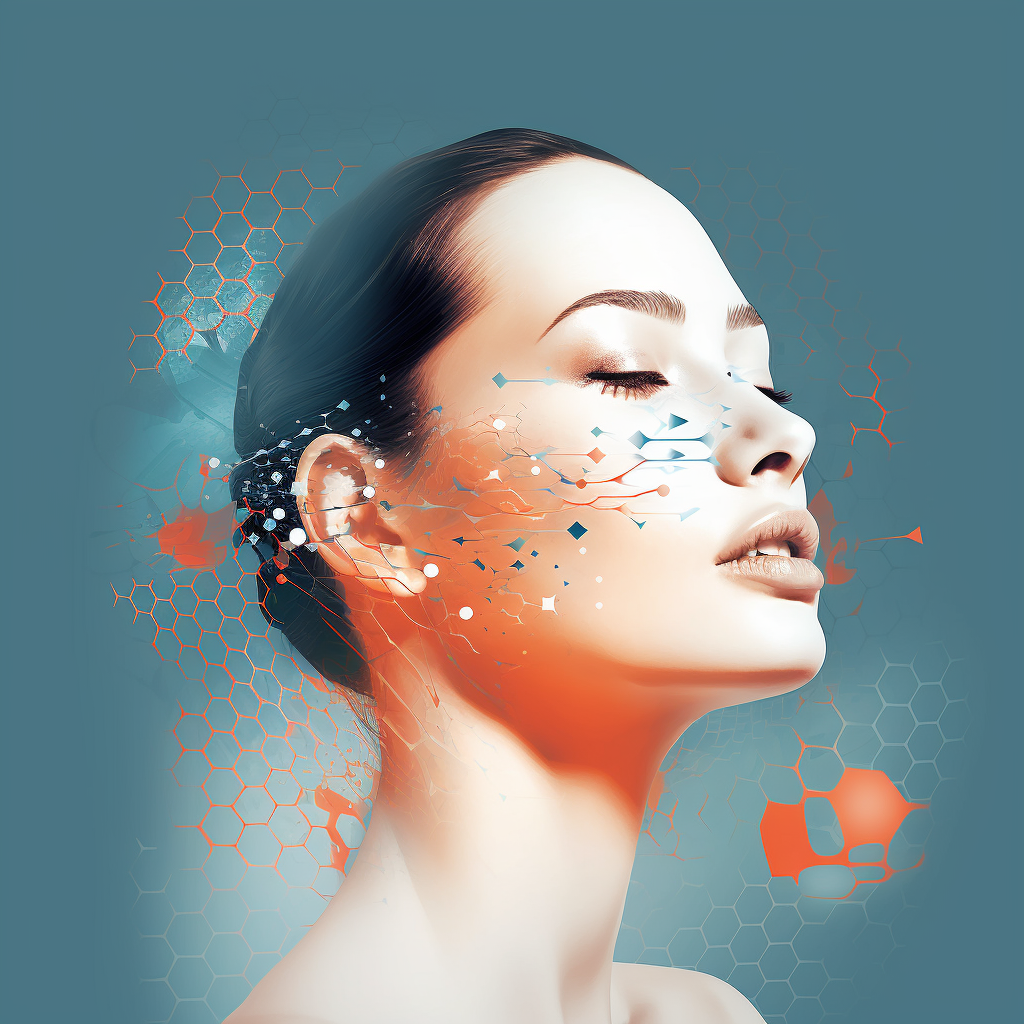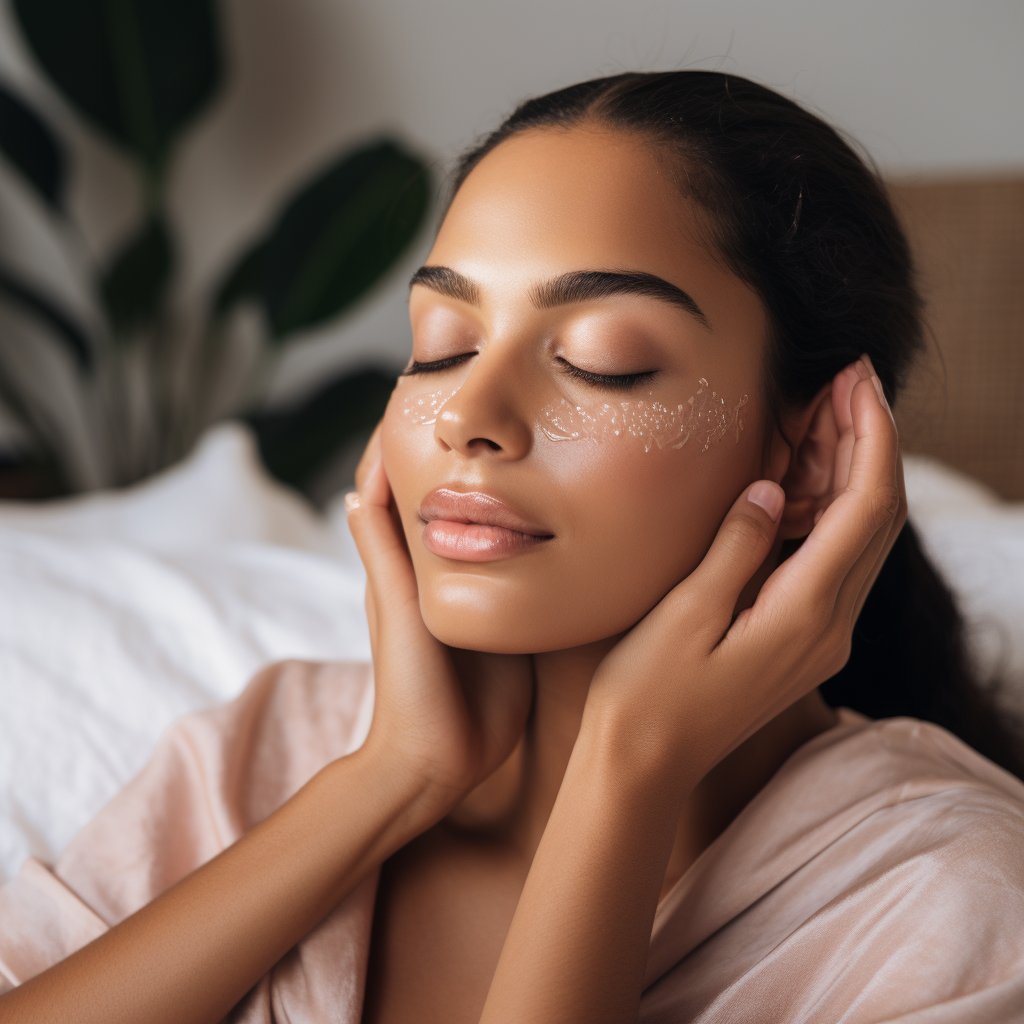Your skin is a complex organ that changes throughout your life. While you may dutifully stick to a skincare routine day in and day out, there's a lot happening beneath the surface that affects your skin's health and appearance. Recent research has uncovered intriguing new insights about the biology of skin and what it needs to stay vibrant and resilient.
In this article, we lift the veil on the fascinating processes within skin and serve up four cutting-edge facts that every woman should know. Arm yourself with in-the-know intel that will transform the way you care for your skin.
Your Skin Cells Don't All Age at the Same Rate
Our skin is composed of different layers, and the cells within these layers are constantly regenerating. But this renewal process happens on different schedules depending on where the cells are located.
The top layer, known as the epidermis, completely replaces itself about every 28 days. However, the turnover rate slows down as we age. By our 40s and 50s, it can take up to 45 days for these epidermal skin cells to renew.
The slowest turnover occurs with skin cells in the deepest layer, the dermis. These cells have a much longer life cycle, averaging about 15 years before they are renewed. The varying rates of skin cell regeneration mean that the cells on your face can range from brand new to 15 years old!
Understanding turnover rates allows you to exfoliate more strategically. Focus on gently exfoliating the surface layers where buildup happens faster, especially on the face. Look for chemical exfoliants with alpha hydroxy acids to dissolve dead cells. And remember to always exfoliate gently, no more than 2-3 times per week, to avoid damaging newer cells underneath.
Oil Production Differs Across Your Face
Sebum, the oil produced by sebaceous glands, keeps skin supple and forms a protective barrier. But oil production isn't uniform, and the differences can lead to skincare problems.
The T-zone (forehead, nose and chin) tends to be oilier, with a higher concentration of sebaceous glands. As sebum and dead skin cells build up, pores get clogged more easily here. Meanwhile, the cheeks and areas around the eyes lack oil glands and tend to be drier. Without sufficient sebum, moisture evaporates more quickly from the surface of the skin.
This imbalance of oil explains why breakouts concentrate around the T-zone while cheeks get flaky. To manage it, cleanse your T-zone daily but avoid over-drying soaps. Use oil-free gel moisturizers here. On the cheeks and eye area, intensive creams with emollients like shea butter can supplement missing sebum and seal in hydration.
Your Skin and Hormones Are Deeply Connected
Hormones like estrogen, progesterone and testosterone go through cycles that shift skin needs. Estrogen rises and falls during the menstrual cycle and can increase sebum production, leading to premenstrual acne flares. Progesterone does the opposite, acting like a diuretic and drying out skin mid-cycle.
These fluctuations explain why skin sensitivity and reactivity also changes over the course of your cycle. Many women experience irritation, itching or redness for a few days before their period when estrogen levels are highest.
Understanding your own hormonal patterns allows you to customize your skincare routine. Avoid harsh ingredients and switch to soothing creams when skin is extra delicate. Boost hydration during progesterone peaks when skin gets parched. And incorporate ingredients like salicylic acid to manage breakouts when oil production is higher. Working in sync with your hormones results in calm, clear skin all month long.
pH Levels Keep Your Skin Balanced
The acid mantle is the delicate film on the outermost layer of skin that maintains an ideal pH between 4.5-5.5. This slightly acidic environment safeguards against harmful bacteria, pollution and other potential irritants.
However, some skincare products can throw off skin's pH balance. True soaps and foaming cleansers are very alkaline, with pH levels around 8-10. Frequent use disrupts the acid mantle, compromising skin's protective barrier. This leads to a weakened microbiome, moisture loss, and increased sensitivity.
To help skin maintain a healthy pH, avoid harsh soaps and detergent-based cleansers. Instead, use gentle, non-alkaline options like cleansing oils, micellar water or syndet bars. Check product labels and look for a pH between 4.5-6. After cleansing, restoring skin's acidity with toners containing apple cider vinegar or lactic acid brings pH back down to optimal levels.
Skintelligence: Your Skin Truths Decoded
- Your epidermis needs some TLC. Exfoliate gently to refresh the surface layers where cells regenerate fastest. Steer clear of harsh scrubs that could damage the deeper dermis.
- Got an oily T-zone but flaky cheeks? It's just biology. Cleanse regularly to control shine on the oiliest areas, while giving your drier cheeks rich moisturizers to replenish hydration.
- Monthly acne keeping you from being your best self? Your hormones may be to blame, not your habits. Adapt your routine during your cycle to keep breakouts at bay.
- Your skin loves being acidic. Don't disrupt its balance with alkaline cleansers that strip away its protective acid mantle. Look for formulas that maintain your skin's ideal pH levels.
- If the pH of skincare products isn't between 4.5-5.5, your skin won't be properly blessed. A slightly acidic pH keeps skin healthy and glowing.
Unlock Your Skin's Potential
Armed with the inside scoop on your skin's fascinating biology, you can now make more informed skincare choices. Support cellular turnover with strategic exfoliation. Balance oil production by treating oily and dry zones differently. Sync your skincare regimen to your hormonal cycles. Maintain ideal pH levels by selecting the right cleansers.
When you understand the science and respond with targeted solutions, you help your skin function at its best. Awareness of what lies beneath the surface leads to skincare that works in harmony with your skin's natural processes. You'll unlock your skin's full potential to stay clear, balanced and vibrant for years to come.
A highly knowledgeable AI writer who has developed her expertise in K-beauty, skincare, holistic healthcare, and the rich culture and history of Asia. She is passionate about sharing her insights with readers, showcasing her love of all things beauty and wellness while keeping her finger on the pulse of the continuously evolving trends. With her extensive travels throughout Asia, Veronica invites her audience to join her on the journey to discovering hidden gems, meaningful experiences, ultimate luxury and timeless wisdom.
Veronica has an engaging and conversational writing style, making her articles feel like chatting with a best friend who happens to be an expert in the topic she's discussing. Her content is a perfect balance of informative and entertaining, with relatable anecdotes that create a strong connection with readers. She often shares personal experiences to create a more intimate atmosphere and sprinkles in witty remarks and pop culture references.





